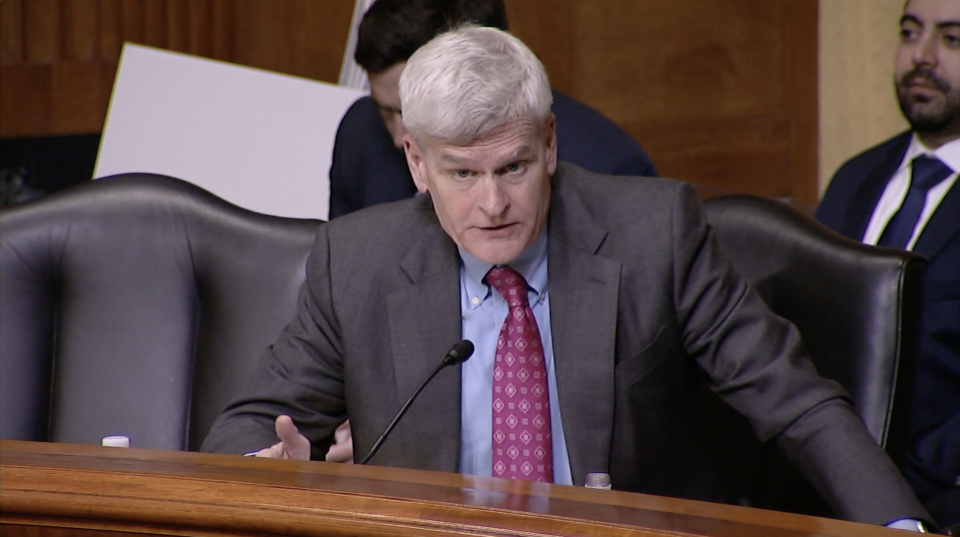"Requiem for All Saints and All Souls" (Houma)
November 2, 2010
Karl Frazier
November 4, 2010South Louisianans will be able to dine on their oyster stuffing at Thanksgiving this year, but they should be prepared to spend more money for the shellfish.
Despite harvest area openings approved by the Department of Health and Hospitals prior to the season opening on Nov. 15, the oyster market will still fall short of consumer demands, according to Mike Voisin, CEO of Motitvatit Seafood in Houma.
“I think it will be a more expensive, tighter supply but available for Thanksgiving,” said Voisin, adding consumers should generally prepare for a 50 percent increase in prices.
Retailers will deal with the supply shortage in different ways. Blake Hebert, owner of Cajun Critters Seafood in Houma, said he hopes to continue purchasing oysters from Wilson’s Oyster Supply, but he acknowledged the price hike.
“I know that a regular oyster platter was $ 13.95 [in 2009-10],” Hebert said. “If I were to sell them now, I’d have to sell them for $ 21.95.”
Other seafood restaurants will import oysters from Texas and the east and west coasts of the United States but won’t be able to completely fill the void stemming from the Deepwater Horizon well explosion on April 20. Some establishments will be forced to take the shellfish off the menu, Voisin said.
“We’ve been able to stay open,” the supply company boss said. “Not keep our customers fully satisfied because when you’re down that much you just can’t keep everybody satisfied. But we’ve been able to have product that we’ve been able to keep in the market place and keep our finger in the market.”
Voisin said the freshwater pumped into the Gulf of Mexico to divert the oil from reaching the Louisiana coastline killed a significant amount of the oyster population, which is one of the reasons for the supply shortage.
“The oyster community in general, I think, in the next year or two will be down about 50 percent of its traditional production here in Louisiana,” Voisin said. “Being on a kind of low cycle in terms of production as well as the freshwater diversions that were opened as a result of the Deepwater Horizon events that created a lot of mortality in the oyster areas just east and just west of the [Mississippi] River.”
Governor Bobby Jindal announced Monday an agreement the state reached with BP. The oil company will give Louisiana $48 million for the purposes of seafood safety over a three-year period – $18 million for seafood testing and $30 million for promotional purposes.
“Louisiana is home to some of the richest and most diverse seafood in the world, and with today’s announcement, and the hard work of those in the Louisiana seafood industry, we know our seafood will continue to be the best in the world,” Jindal said.
Before the harvesting areas are reopened, DHH takes a sample of up to 20 oysters from each site and uses both sensory and chemical testing in determining whether the oyster beds are contaminated with oil.
“In all the samples that we did for reopening, even those that we reopened and continue to sample, there have been some samples that have a very minor amount of hydrocarbons but nothing anywhere close that could affect health,” State Health Officer Dr. Jimmy Guidry said. “We really feel comfortable that the product that’s out there is not contaminated to any degree that would impair anyone’s health and that’s raw or cooked.”
DHH works closely with the Louisiana Department of Wildlife and Fisheries, Food and Drug Administration and the National Oceanic and Atmospheric Administration in dealing with openings and closures.
Guidry said DHH had only been testing for oil, but the FDA and NOAA determined a way to check for dispersant accumulation in the seafood.
“[The FDA and NOAA] reported Friday that 1,735 tissue samples, only 1 percent had traces of chemicals and none of those traces were anything close that would affect health,” Guidry said. “Initially, we were just checking for oil but then they developed a test to look for the dispersant and they’re not finding the dispersant that would affect health either.”
Area 13, which includes areas of Lafourche and Jefferson, has not been productive since it was opened Oct. 19 because of the freshwater diversion, Voisin said.
Areas 15 and 17, located in Terrebonne Parish, were opened Sept. 29 and they have boosted the market, he added.
Guidry said they are waiting for results on samples pulled from Areas 11, 21 and 23.
Because of the short supply, the Louisiana Oyster Task Force voted Oct. 19 in favor of canceling the 2010-11 season. The task force argued that future seasons could be endangered because resumed dredging in the area could kill the young, “spat” oysters, the Associated Press reported.
Voisin was the only member of to vote against canceling the season.
“We’ve been harvesting oysters from those grounds for 100 years and we should continue to,” Voisin said. “Maybe they shouldn’t allow for the harvest of seed oysters, that’s what they’re trying to protect. Maybe should they not allow the harvested seed oysters this year from those areas, but allow the harvest to market oysters. That way you don’t impact what you’re trying to protect, but you still have that product coming into the market.”
Voisin also remains optimistic that the season will go on as planned.
“At this point, the season is set to open Nov. 15 and the Secretary Of Wildlife or the [Louisiana Wildlife and Fisheries] Commission could change that but at this point nothing has been suggested any change would occur.”











